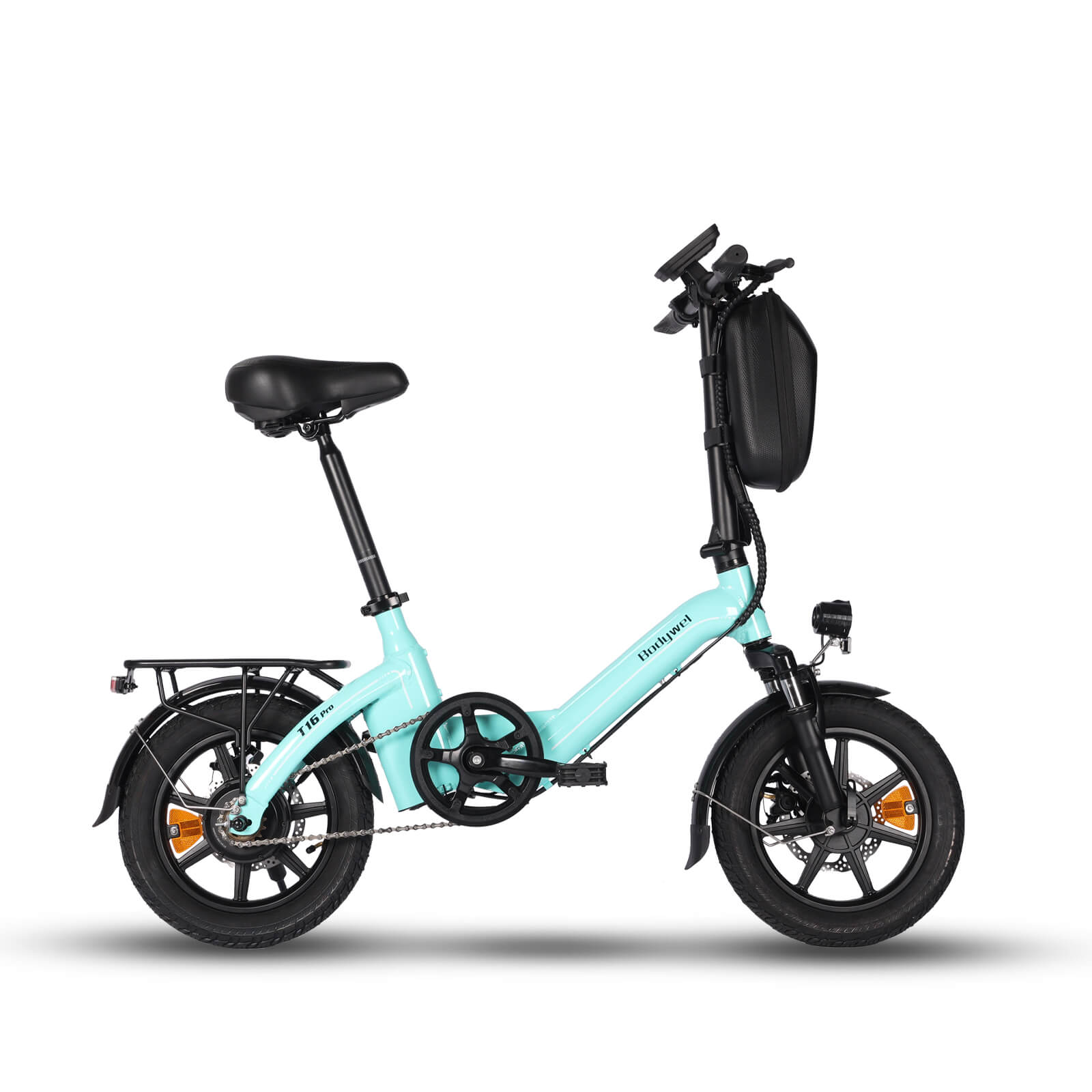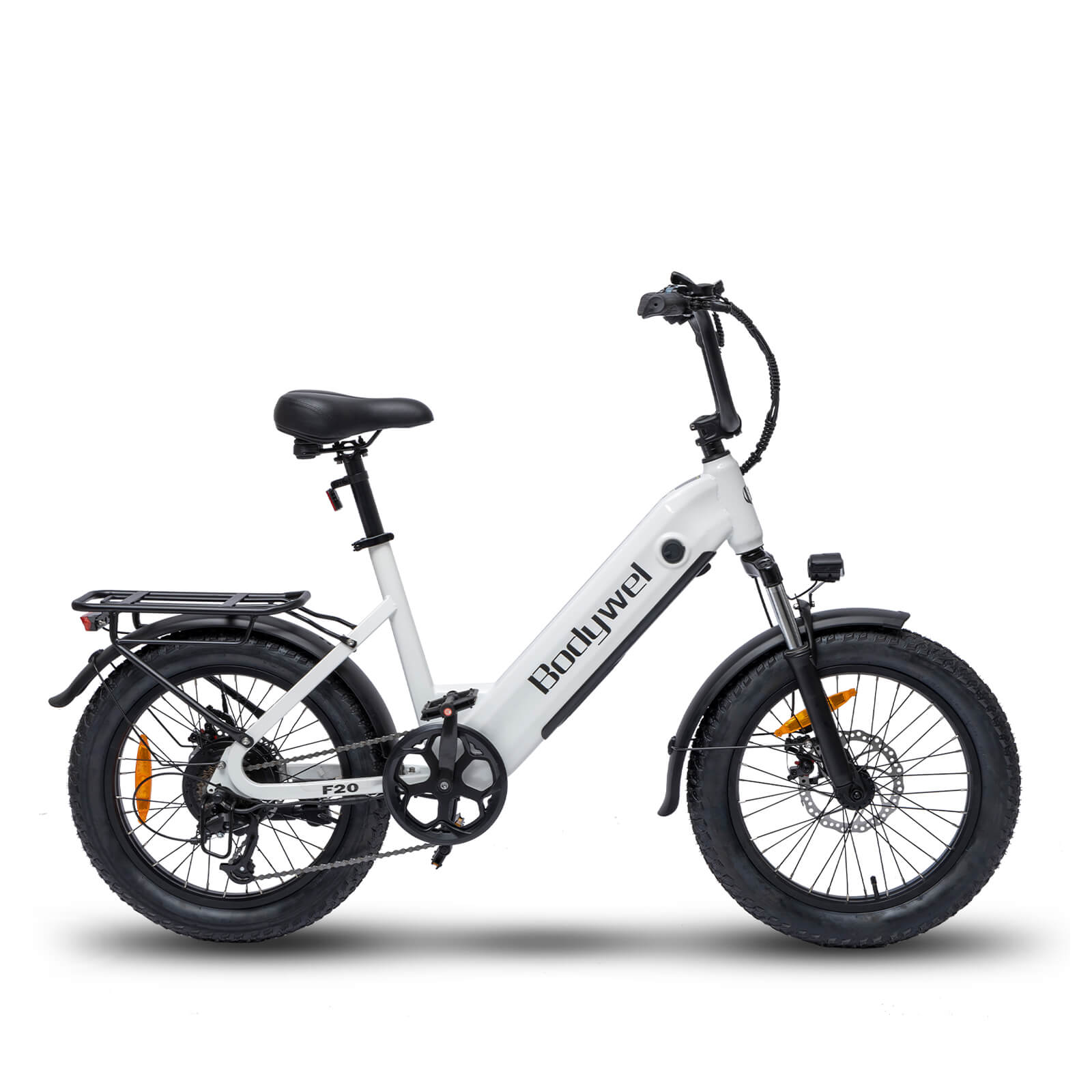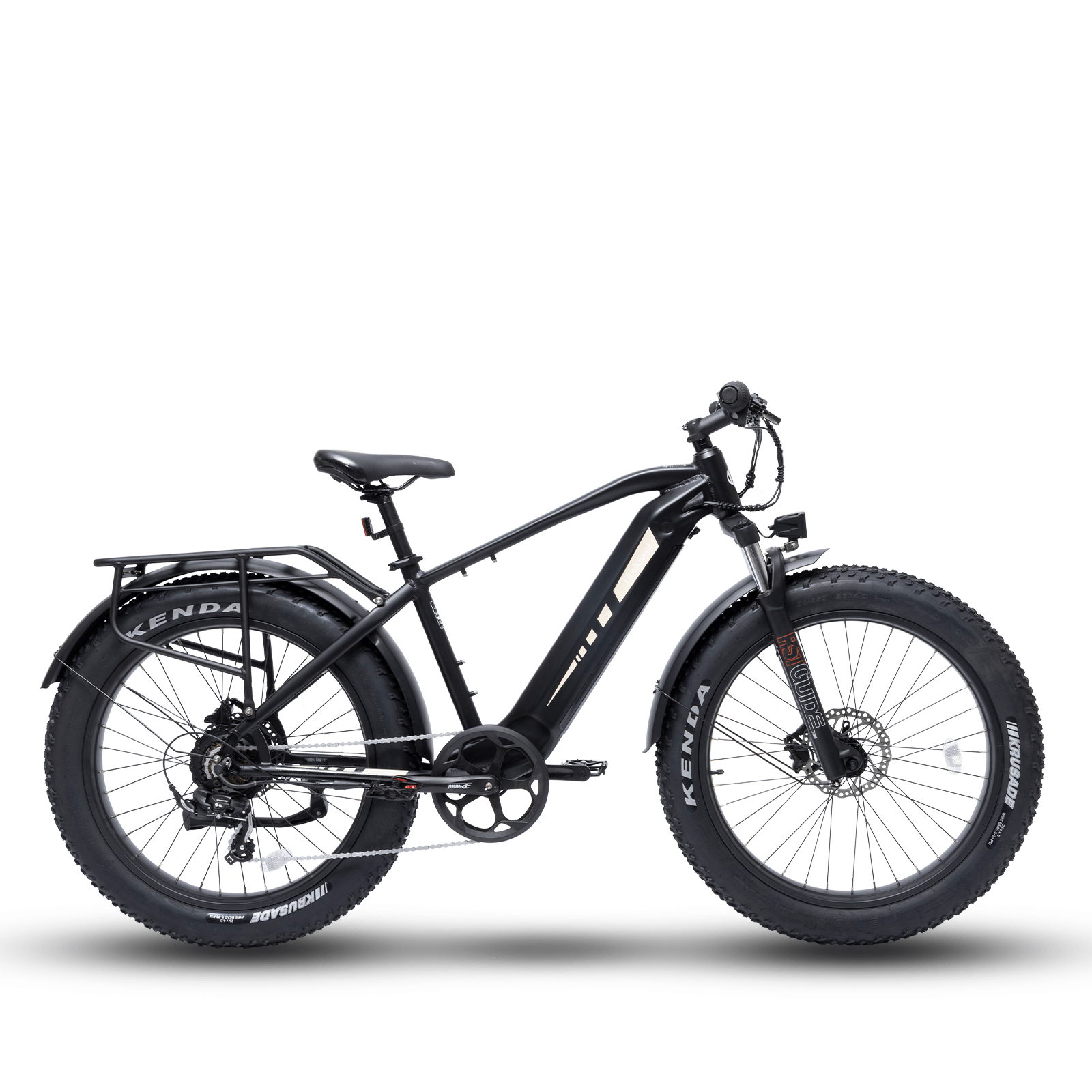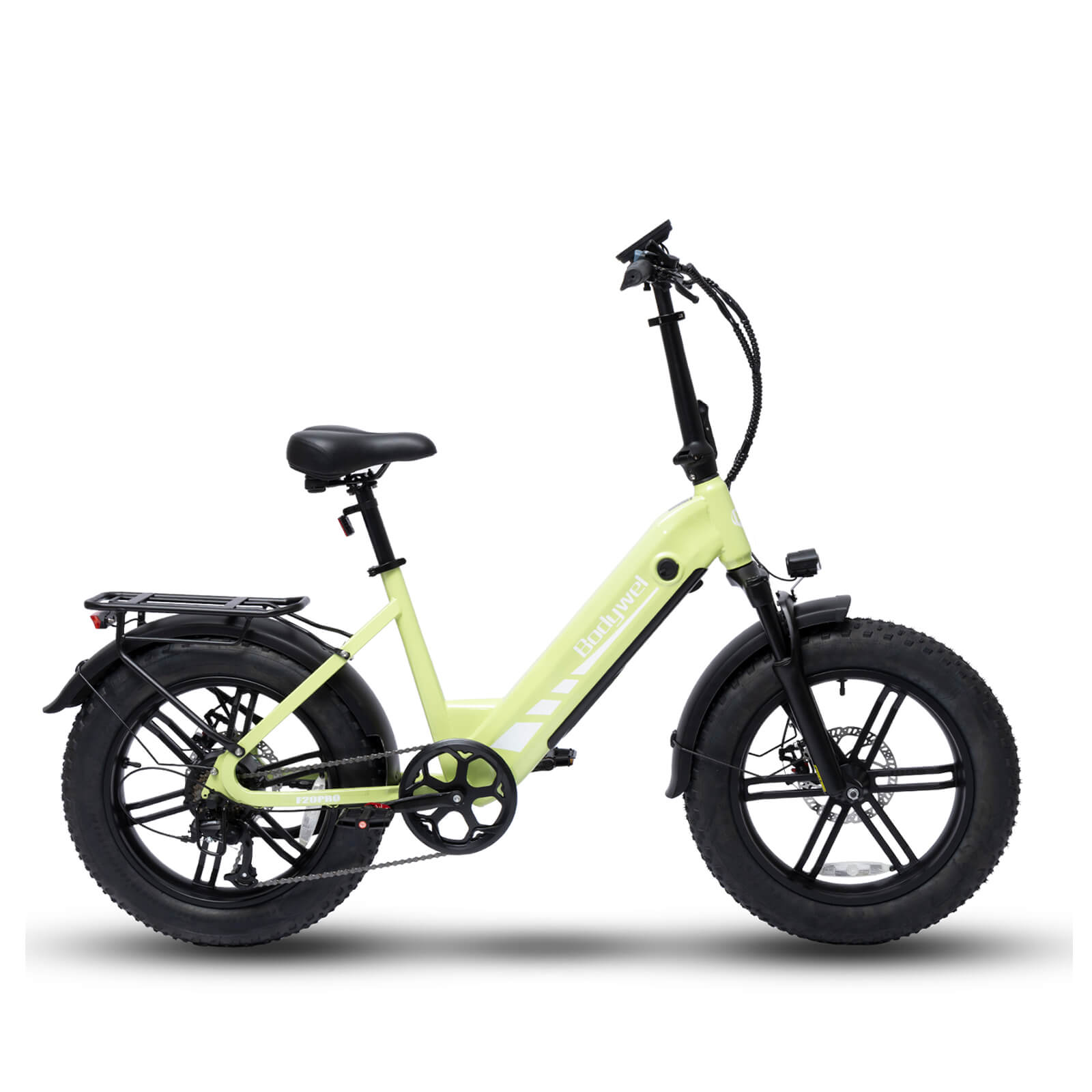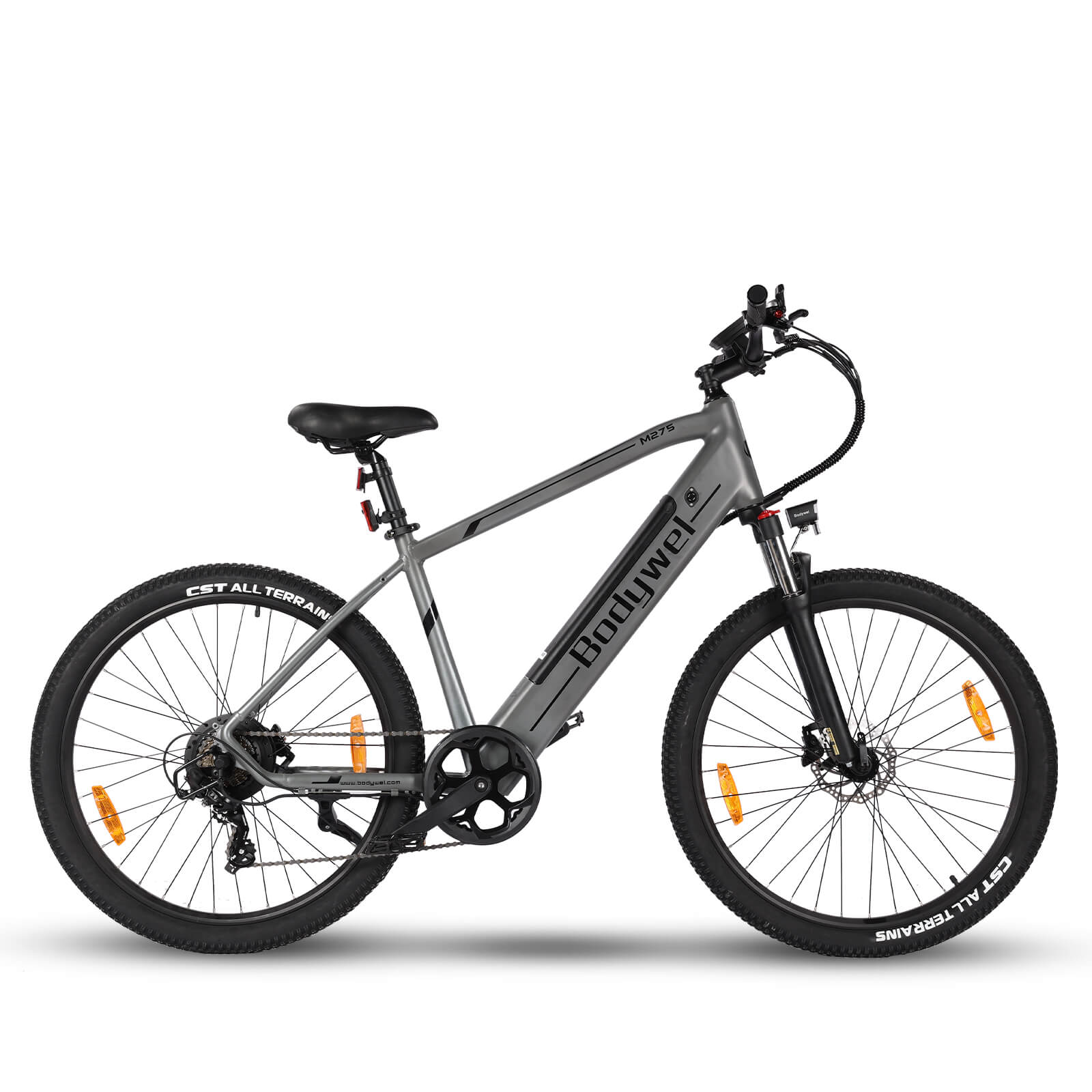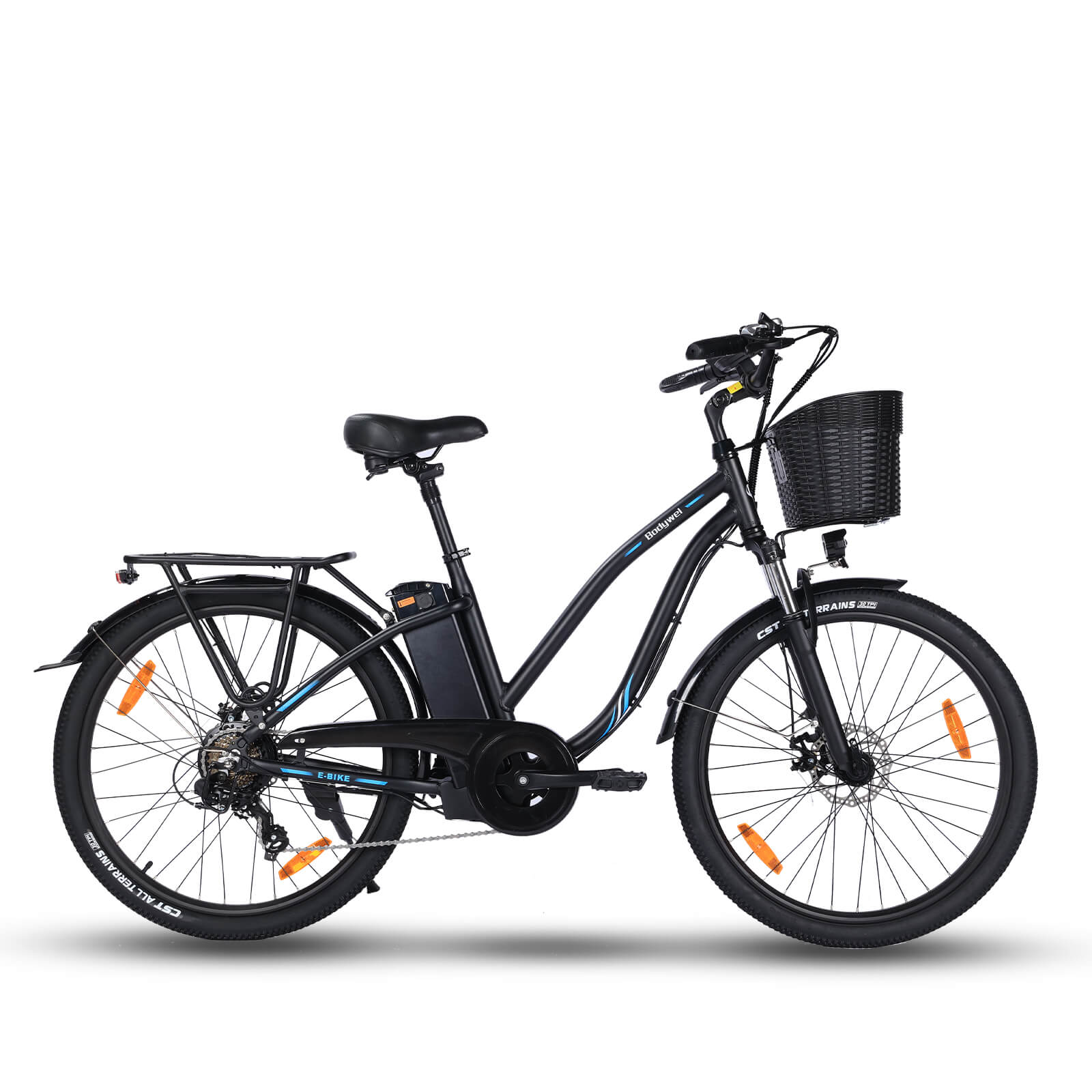5 Key Factors When Choosing an E Bike Motor in 2024

Selecting the right e-bike motor is crucial for performance, efficiency, and longevity. This guide explores five essential factors—motor type, power output, torque, efficiency, and integration—to help you make an informed decision for 2024.
Motor Type: Hub vs. Mid-Drive
The first decision when choosing an e-bike motor is selecting between a hub motor or mid-drive system. Each has distinct advantages depending on riding style and terrain.
Hub Motor
Hub motors are mounted in the wheel (front or rear) and are known for simplicity and affordability. They excel in flat terrains but may struggle on steep inclines. For urban commuting, a rear hub motor offers balanced traction, while a front hub motor simplifies maintenance.
Mid-Drive Motor
Mid-drive motors, positioned near the bike’s crankset, leverage the drivetrain for better hill-climbing and efficiency. They’re ideal for off-road or mountain e-bikes (eMTBs) due to their natural weight distribution. Brands like Bosch and Shimano dominate this segment.
Power Output (Wattage)
Motor power, measured in watts (W), directly impacts speed and acceleration. Most e-bikes range from 250W to 750W, with regional legal limits. For example, EU regulations cap pedal-assist motors at 250W, while the US allows higher outputs for throttle-enabled models.
Torque: The Real-World Performance Metric
Torque (measured in Newton-meters, Nm) determines how effectively the motor handles load. High-torque motors (e.g., 80+ Nm) are critical for off-road or cargo e-bikes. For urban use, 40–60 Nm suffices. Check manufacturer specs for torque curves—consistent delivery matters more than peak numbers.
Efficiency & Battery Life
A motor’s efficiency affects range and battery longevity. Look for features like regenerative braking (common in hub motors) or dynamic power adjustment (e.g., Yamaha’s PWseries). Pairing the motor with a high-capacity battery (e.g., 500Wh+) ensures longer rides.
Motor Integration & Compatibility
Seamless integration with the bike’s frame and components enhances aesthetics and performance. Consider:
1. Frame Design: Some motors require proprietary frames (e.g., Specialized’s Turbo Levo).
2. Display & Controls: Systems like Bosch’s Kiox offer advanced telemetry.
3. Future Upgrades: Ensure compatibility with newer battery models.
For 2024, prioritize motors with modular designs and firmware-upgrade capabilities to extend usability.
0 comments




